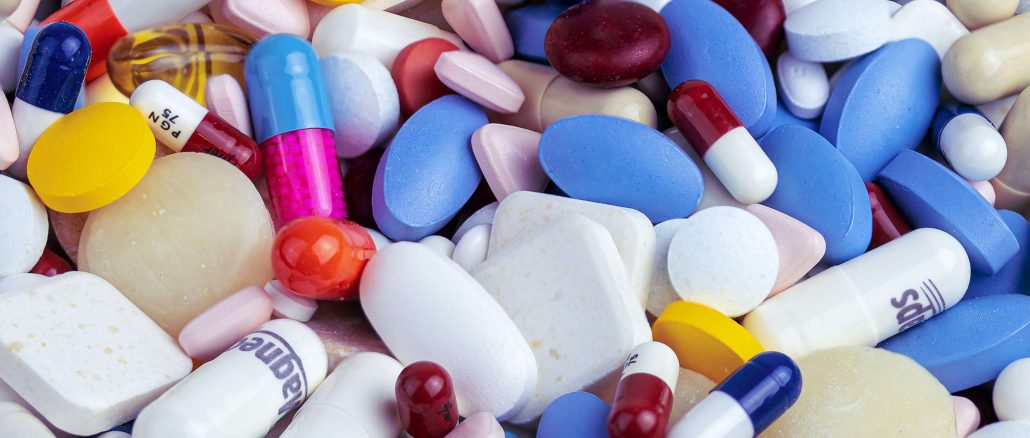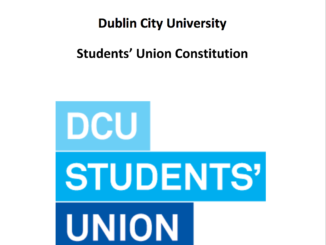
MDMA, cocaine potency and purity are “at an all time high”, according to a recent report published by the HSE National Social Inclusion Office.
The ‘Emerging Drug Trends and Drug Checking Working Group’ report focuses on the newly developing trends of drug use within nightlife and festival settings.
The report said that “in 2019, the average content of MDMA pills seized in Europe ranged from 118 –210 milligrams of MDMA per tablet, which shows a 149% increase in the average quantity present in pills since 2009″.
MDMA has emerged as a mainstream choice of drug for those in the dance music scene alongside other stimulant club drugs such as cocaine.
Although, throughout lockdown, seizures of club drugs continued unaffected by the closure of bars and nightclubs with notable seizures of MDMA and a rise in ketamine seizures taking place.
“Despite the closure of nightlife settings during the COVID-19 pandemic, drug use continued across all user groups and media reports illustrated large seizures of drugs including club drugs throughout 2020,” said Dr Eamon Keenan Chairperson of the group.
MDMA has also been “subject to extra risky substances” PMA/PMMA which can be added unbeknownst to the user. The effects of these chemicals are slow to set in, are potent in low doses and have been linked to a number of deaths across Europe and in Ireland.
According to recent population studies, Ireland is second to the Netherlands for the highest numbers of MDMA users in Europe.
A 2019 study based on drug users who had attended a festival in the past year found that 86.8% of respondents had partaken in poly drug use, which is defined as the use of at least two drugs simultaneously.
The most common drug used in conjunction with other substances was alcohol in combination with cannabis, cocaine and ecstasy, with 93.4% reporting the use of alcohol and cocaine simultaneously.
The report also stated an increasing trend among female nightlife attendees using MDMA with “indications of females being at greater risk to adverse reactions to MDMA”.
Binge drinking and drug use rates are generally higher among certain groups such as LGBTI+ community and third-level students when compared to the general population, according to the report. Although there remains a lack of services aimed at supporting the specific needs of young people who use recreational drugs.
‘Reagent kits’ or ‘self-testing kits’ have been used by student bodies in Ireland in order to test drugs at events by extracting a small sample of the drug. This report revealed that this method has various disadvantages and is not able to give information on the strength or purity of the substance, could provide “false negatives” and may give “a false sense of security.” 10% of those sampled had availed of this service and of that group 64% were not aware of these limitations.
“This report will, I hope, make an important contribution towards improvements in this area and will help inform new areas of work to reduce drug harms and protect the health of people who use drugs in Ireland,” said Dr Eamon Keenan.
Claire Young
Image Credit:



